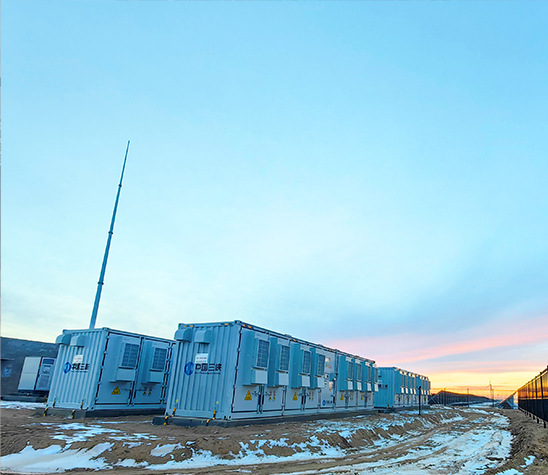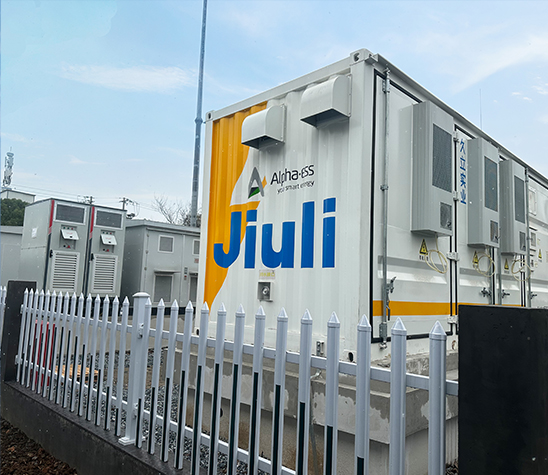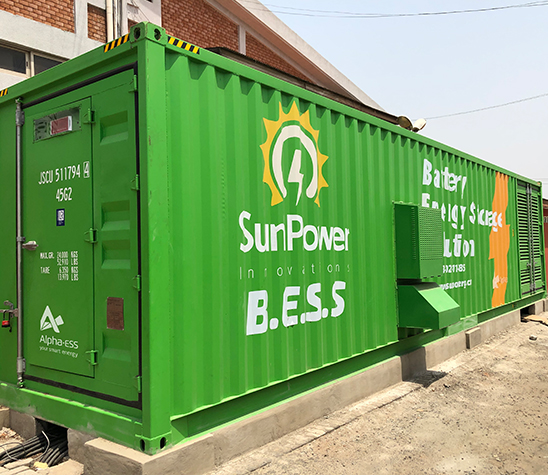STORION SERIES
AlphaESS C&I solutions offer from 30kW to 30+MW. We have delivered hundreds of projects covering most of the commercial applications such as demand charge management, PV self-consumption and back-up power, fuel saving solutions, micro-grid and off-grid options.
ADVANTAGES




FREQUENTLY ASKED QUESTIONS
-
Q:
How do I determine the right system size and configuration for my business?
A:AlphaESS offers a comprehensive sizing service based on your load profile, electricity tariff structure, energy usage patterns, and whether the system will be paired with solar PV. Our intelligent EMS analyzes historical energy consumption and peak-valley differences to design an optimal solution that maximizes your return on investment. Our STORION series, for example, supports flexible expansion to adapt to your evolving energy needs.
-
Q:
What are the key benefits of a C&I energy storage system?
A:AlphaESS commercial and industrial energy storage systems can reduce peak demand charges, lower overall electricity costs, increase self-consumption of solar energy, provide backup power, and support renewable integration. In some regions, businesses can also generate additional revenue by participating in demand response programs or providing ancillary services to the grid—boosting both economic and environmental performance.
-
Q:
How does a C&I storage system maximize solar PV utilization?
A:Our energy storage systems seamlessly integrate with solar PV to create a closed-loop "generate-store-use" energy model. During the day, excess solar energy is stored and then discharged during the evening or peak pricing periods. This not only improves overall energy efficiency but also significantly reduces solar curtailment and enhances the economic value of your PV investment.
-
Q:
What are the space and installation requirements for a C&I storage system?
A:AlphaESS C&I systems feature a compact, modular design suitable for deployment on factory rooftops, next to electrical rooms, or in outdoor spaces. The standard system can be housed in a prefabricated cabinet or container, allowing for quick installation with minimal site disruption. For projects with specific spatial limitations, we offer customized deployment solutions.
-
Q:
How is the system maintained? Do I need a dedicated operations team?
A:AlphaESS provides a cloud-based remote monitoring platform that allows users to access real-time system performance data, charge/discharge records, and energy trends via web or mobile app. Our systems support automatic fault alerts, self-diagnostics, and data reporting, minimizing the need for manual inspections. Localized service support is also available to ensure system reliability without the need for a dedicated in-house maintenance team.
-
Q:
What is the typical payback period for a C&I energy storage project?
A:The payback period depends on factors such as electricity tariffs, load characteristics, and available incentives. For typical peak shaving and PV+storage projects, ROI can be achieved in 3 to 6 years. AlphaESS also offers scenario-based financial modeling tools to help you evaluate the return on investment and make informed business decisions.



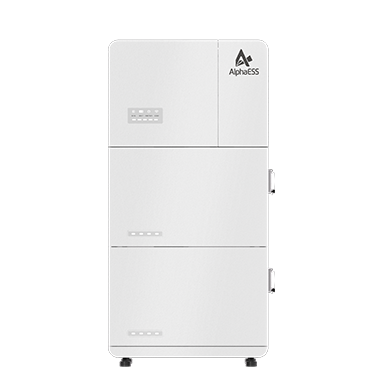
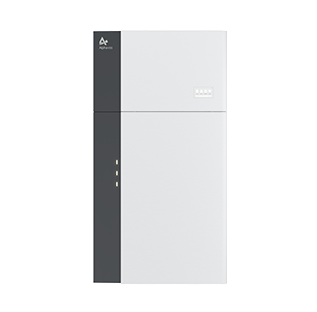
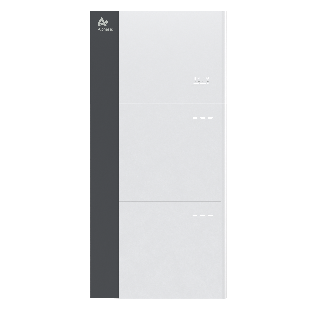
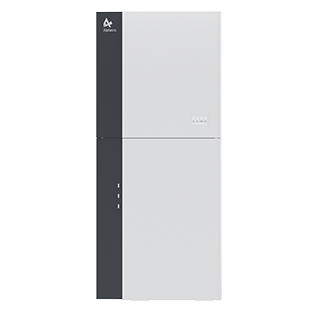
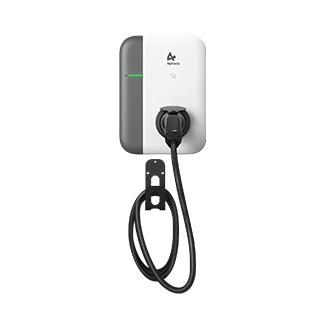
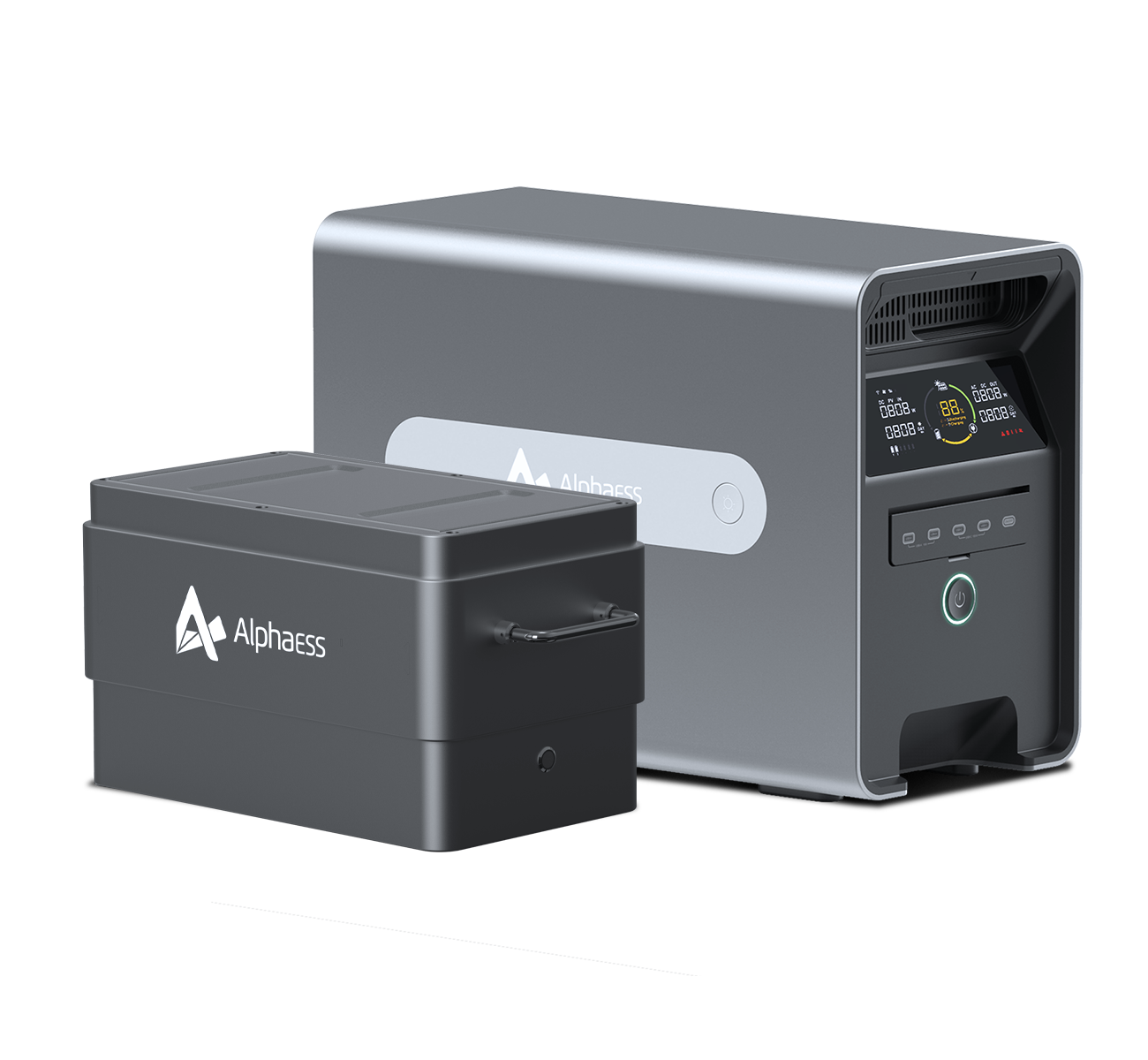
.png)
(3).png)
(2).png)
(545x562xiangsu)(2).png)

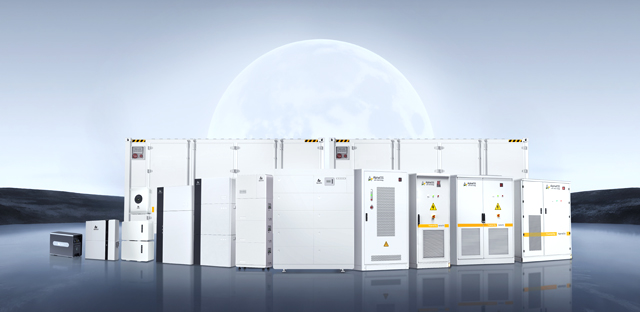
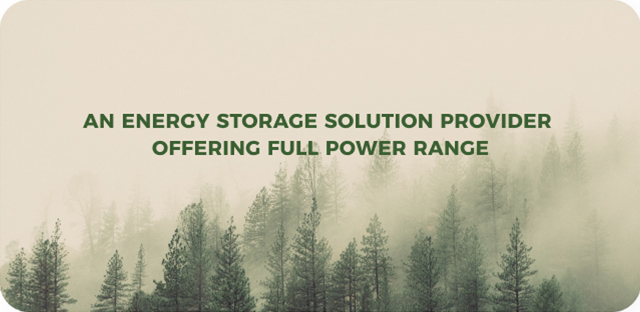
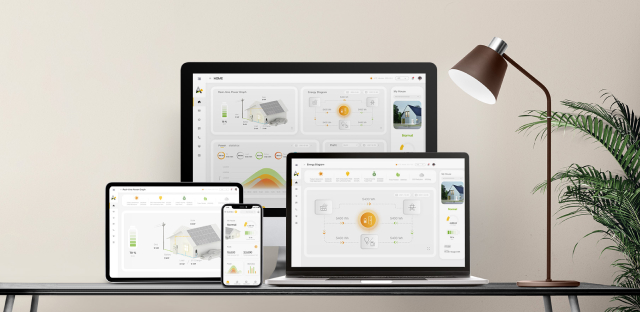
.svg)












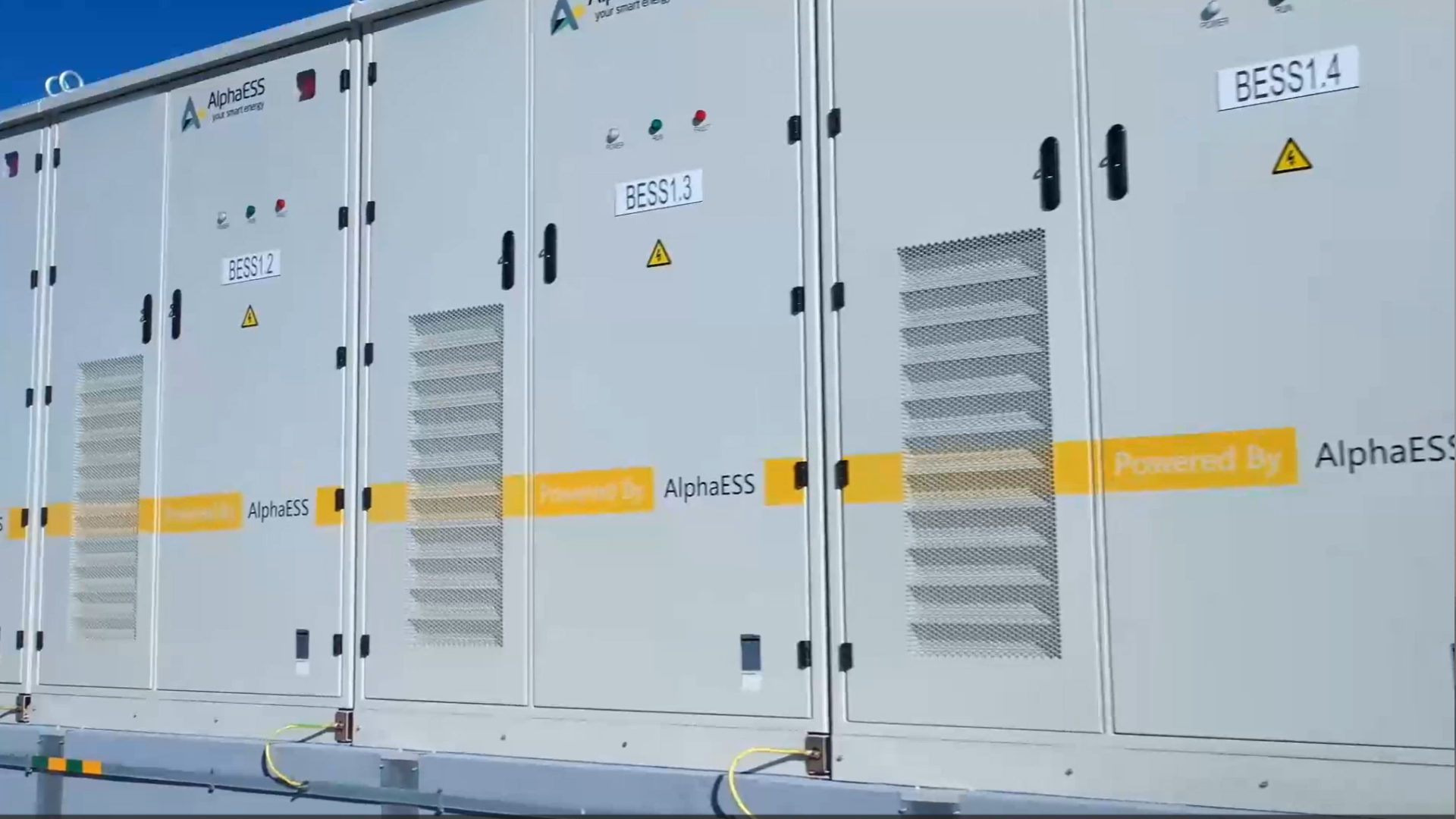
.png)








